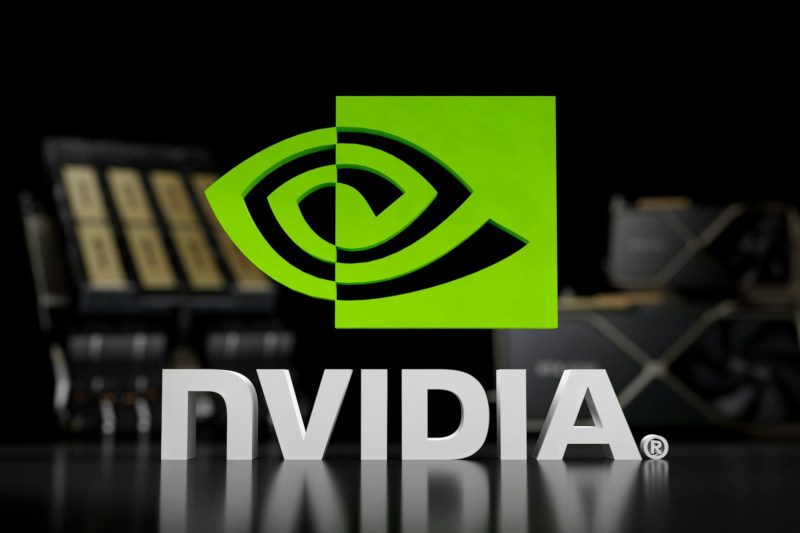In an attempt to loosen Nvidia’s stranglehold on the artificial intelligence chip market, a slew of the company’s competitors are now mobilizing to raise hundreds of millions of dollars in investment as they seek to ride the wave of the AI boom. Among the most promising competitors are companies such as Cerebras, d-Matrix and Groq.

Image source: Mariia Shalabaieva / unsplash.com
Small companies decided to take advantage of the fact that the demand for AI inference equipment will grow at an exponential rate. These systems are needed to run already trained systems like OpenAI ChatGPT and Google Gemini, applications that continue to grow in popularity. Now the most popular in this segment are Nvidia GPUs belonging to the Hopper family. Companies Cerebras, d-Matrix and Groq are developing cheaper, but more focused chips that are intended to run AI models.
Cerebras recently unveiled the Cerebras Inference platform, which runs on a CS-3 chip that occupies an entire 300mm silicon wafer. This chip, the manufacturer claims, is 20 times faster in AI inference tasks than Nvidia Hopper accelerators, but costs less – this is confirmed by Artificial Analysis tests. The Cerebras CS-3 chip features a different architecture that integrates memory components directly into the processor silicon wafer. The limitations imposed by memory bandwidth significantly reduce the performance of AI accelerators, Cerebras claims – combining logic and memory on one large chip produces results “orders of magnitude faster.”
Later this year, another company, d-Matrix, intends to release its own Corsair hardware platform designed to work with Triton, an open software framework that acts as an alternative to Nvidia Cuda. Last year, the company raised $110 million in funding, and this year it is also conducting a funding round, in which it intends to raise another $200 million or more from investors.
The former founder of Google’s tensor processor team is now leading another company, Groq, which raised $640 million at a $2.8 billion valuation this month. Semiconductor startups, even with the buzz in the AI hardware space, are struggling to break into market, analysts warn. Japanese financial conglomerate SoftBank in July absorbed chipmaker Graphcore, paying $600 million – despite the fact that the company has raised about $700 million since its founding in 2016. But investors do not despair of finding and supporting the “new Nvidia”, and this process contributes to the development of many startups.